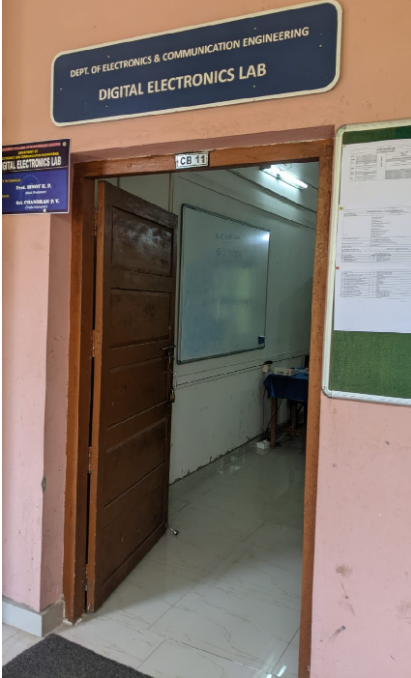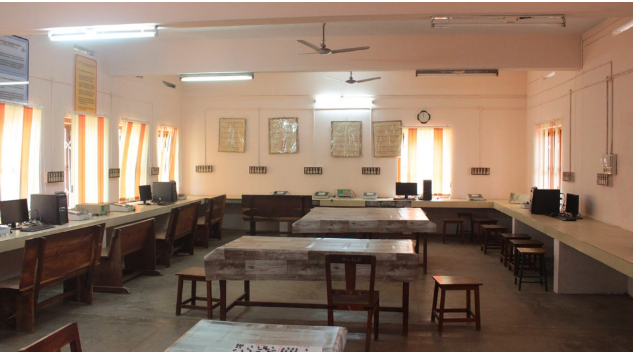1. Realization of functions using basic and universal gates (SOP and POS forms).
2. Design and Realization of half /full adder and subtractor using basic gates and universal gates.
3. 4 bit adder/subtractor and BCD adder using 7483.
4. 2/3 bit binary comparator.
5. Binary to Gray and Gray to Binary converters.
6. Study of Flip Flops: S-R, D, T, JK and Master Slave JK FF using NAND gates
7. Asynchronous Counter: Realization of 4-bit counter.
8. Asynchronous Counter: Realization of Mod-N counters.
9. Asynchronous Counter:3 bit up/down counter.
10. Synchronous Counter: Realization of 4-bit up/down counter.
11. Synchronous Counter: Realization of Mod-N counters.
12. Synchronous Counter:3 bit up/down counter.
13. Shift Register: Study of shift right, SIPO, SISO, PIPO, PISO (using FF & 7495).
14. Ring counter and Johnson Counter. (using FF & 7495).
15. Realization of counters using IC’s (7490, 7492, 7493).
16. Multiplexers and De-multiplexers using gates and ICs. (74150, 74154).
17. Realization of combinational circuits using MUX & DEMUX.
18. Random sequence generator.
19. LED Display: Use of BCD to 7 Segment decoder / driver chip to drive LED display.
20. Static and Dynamic Characteristic of NAND gate (MOS/TTL).

